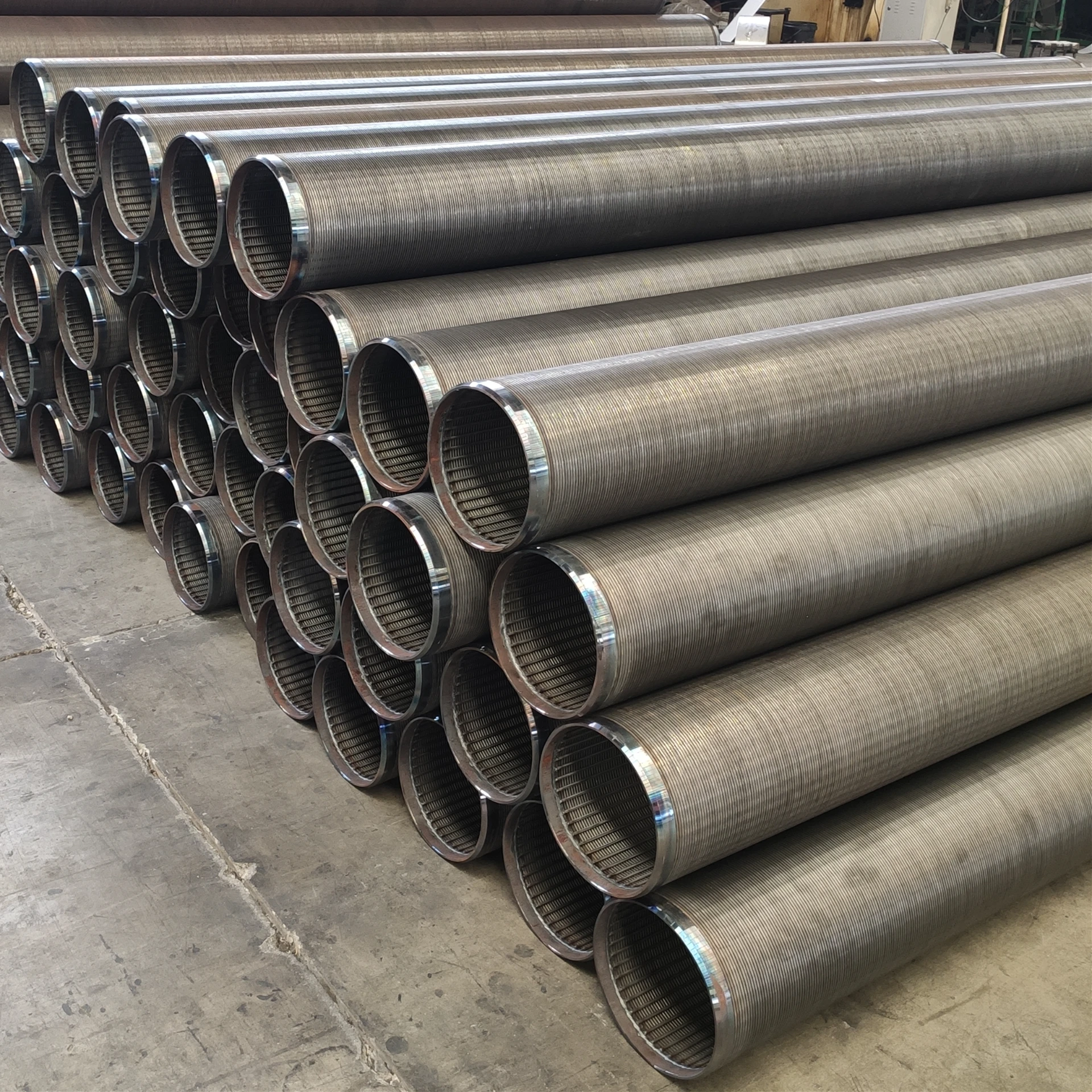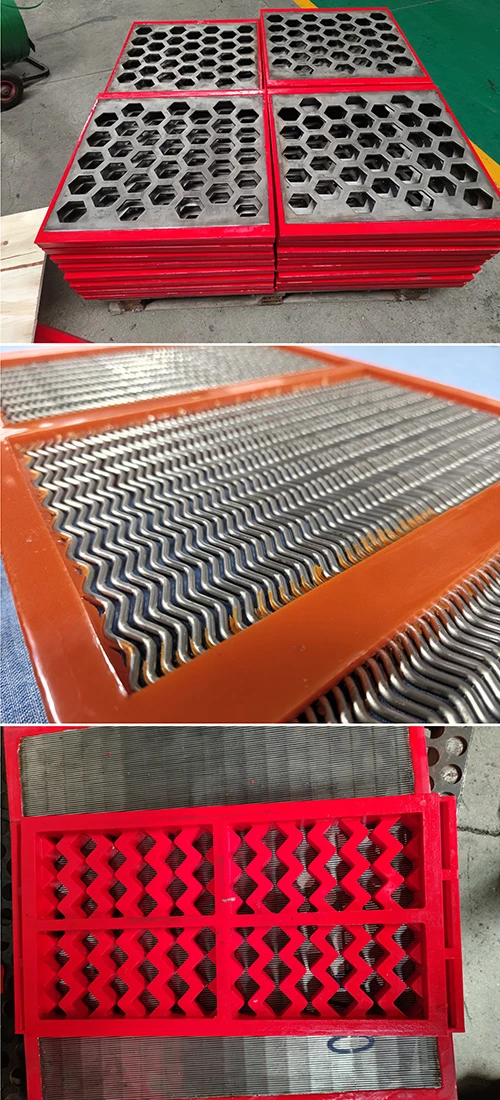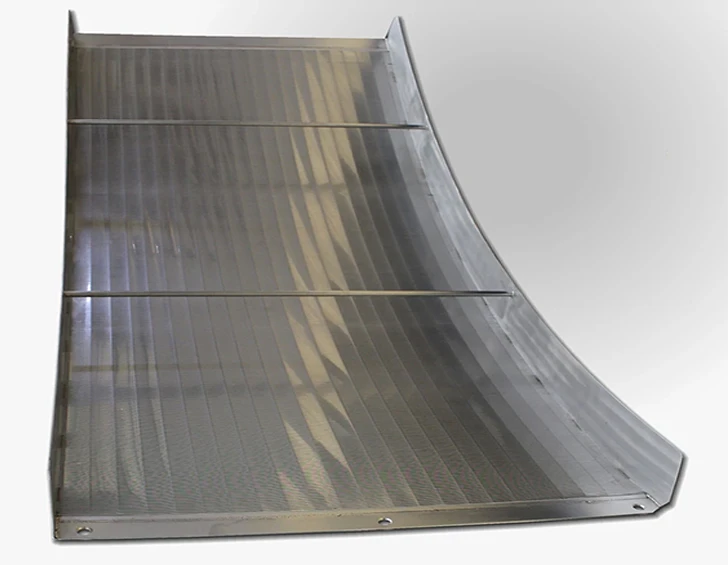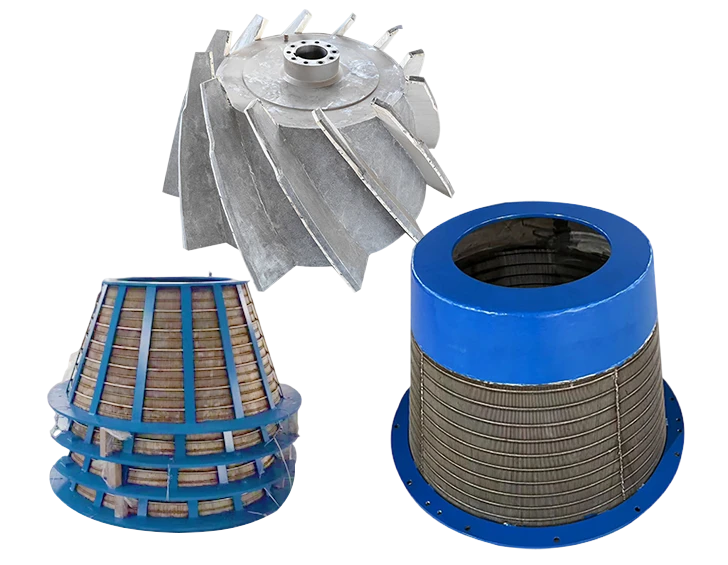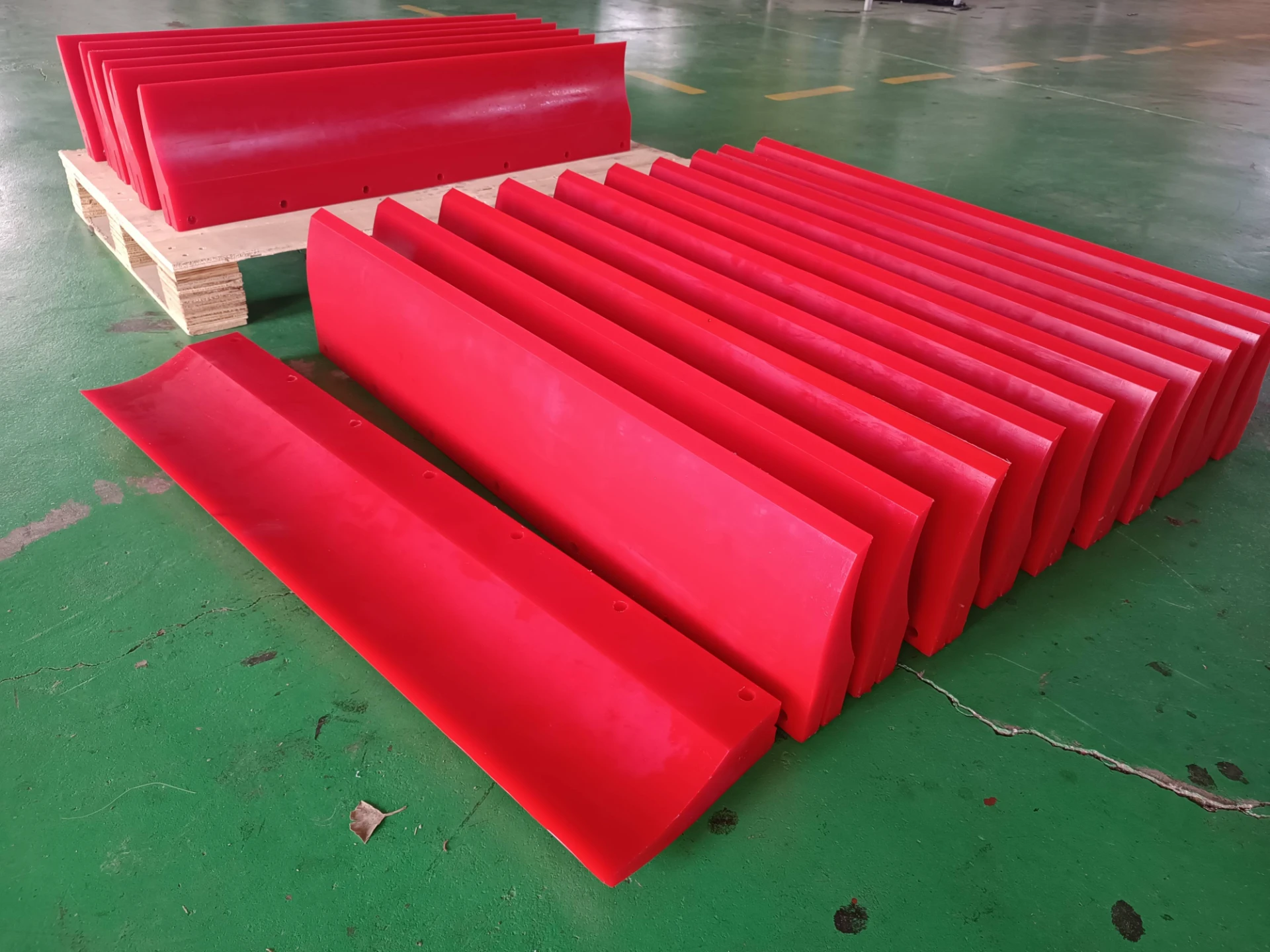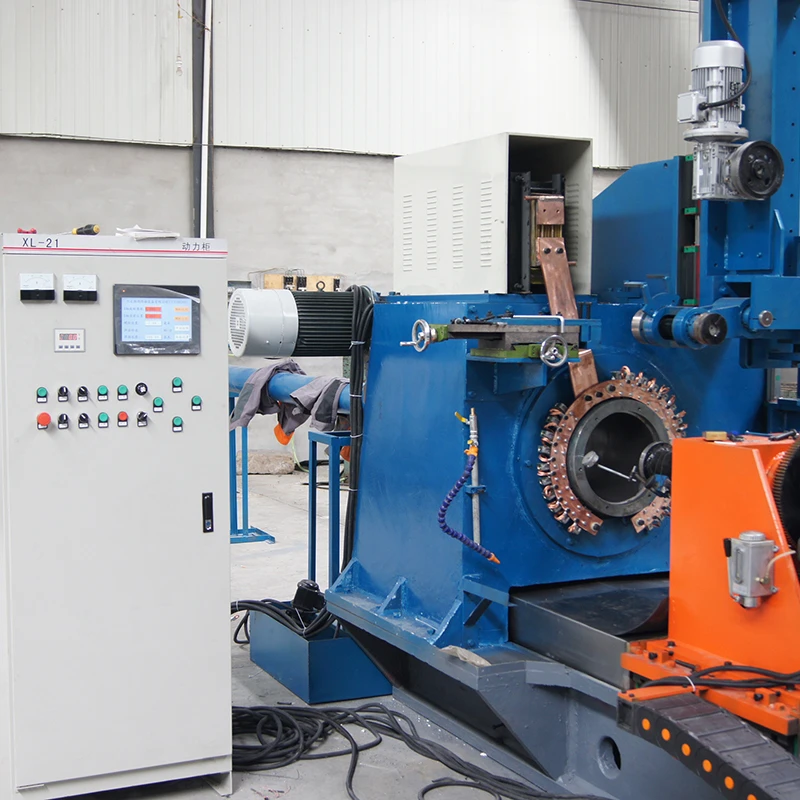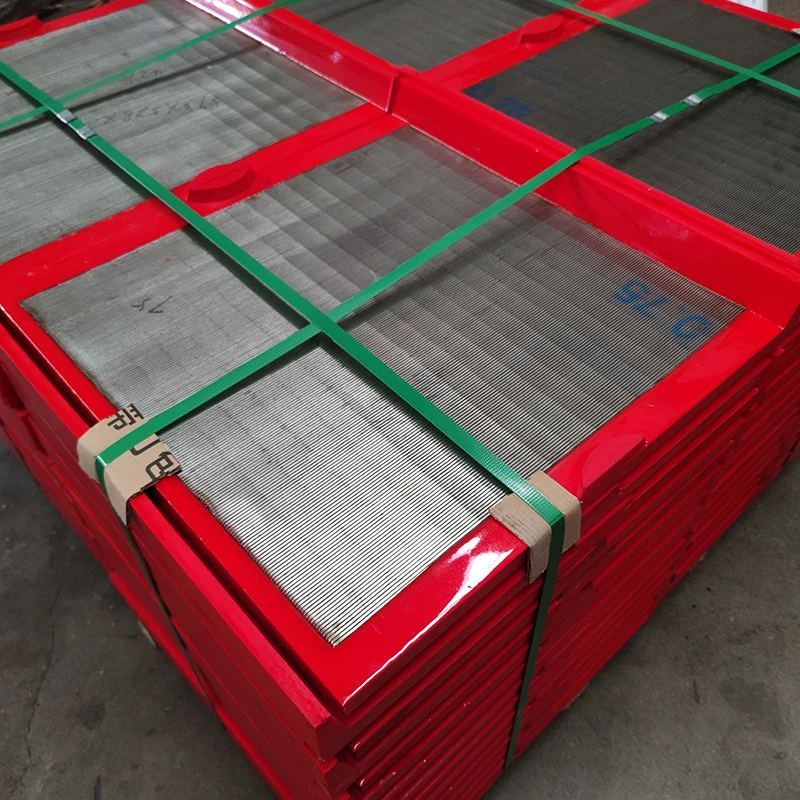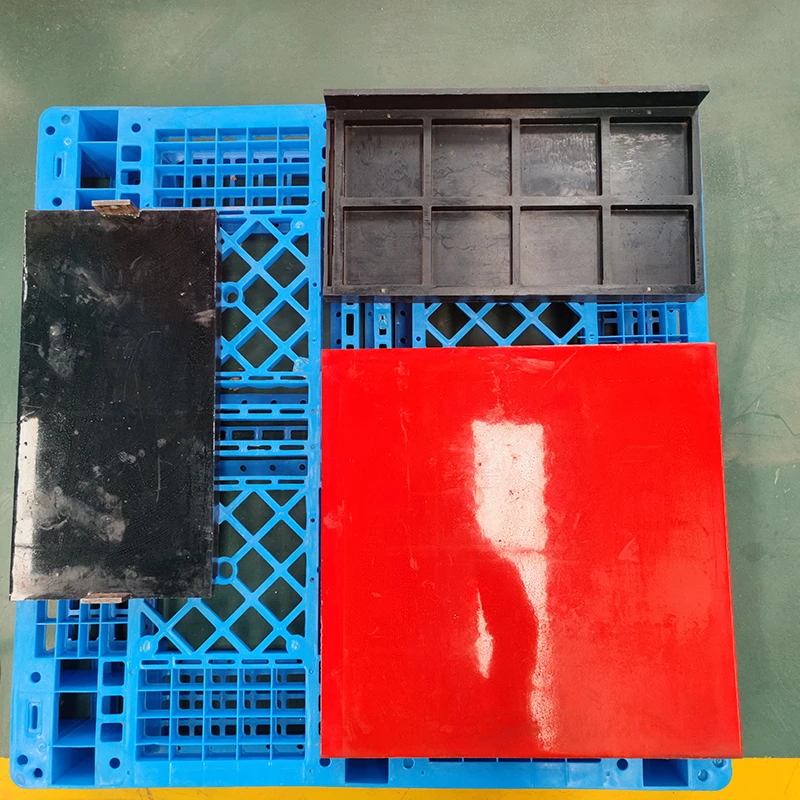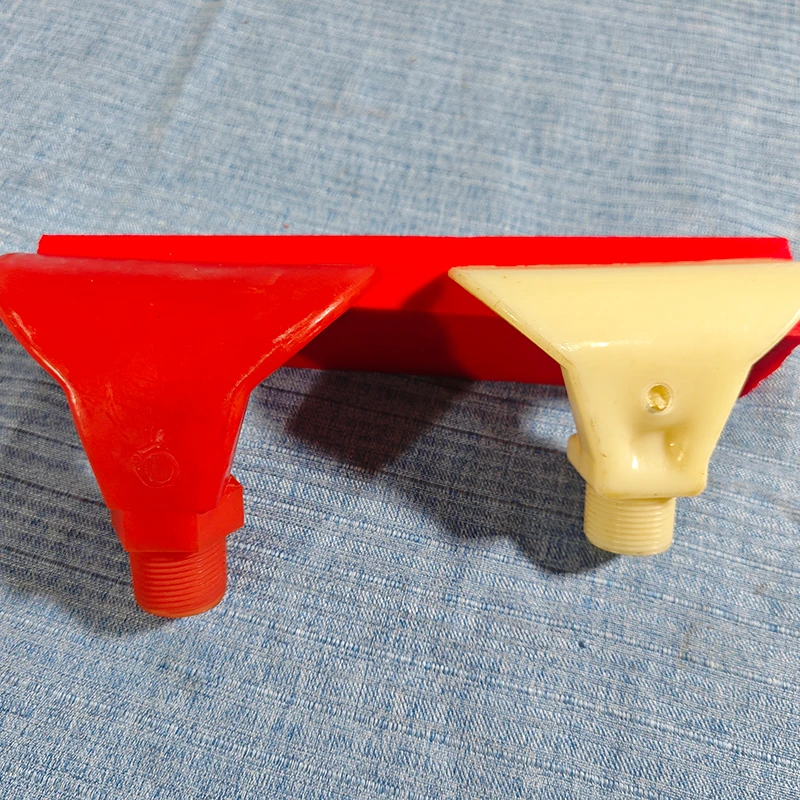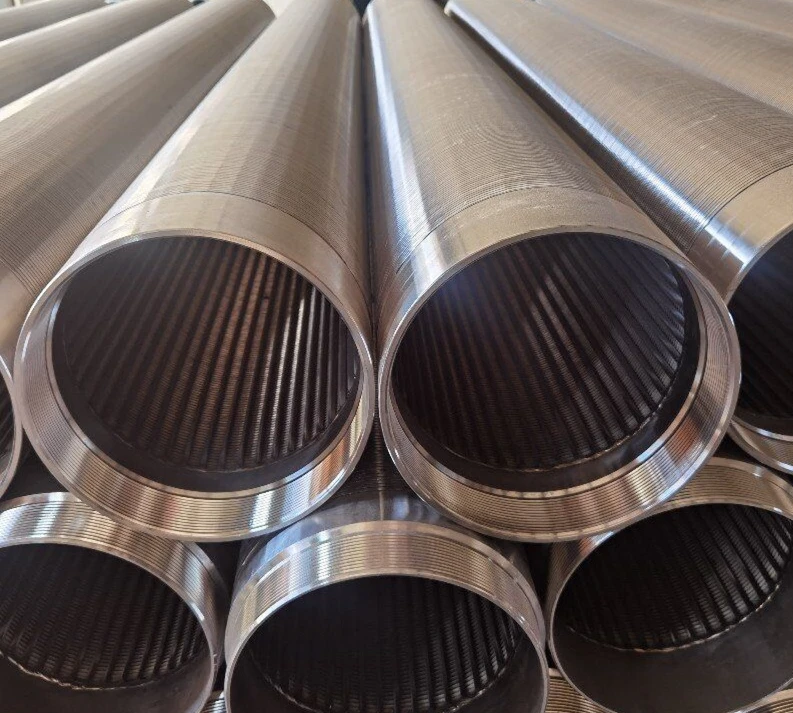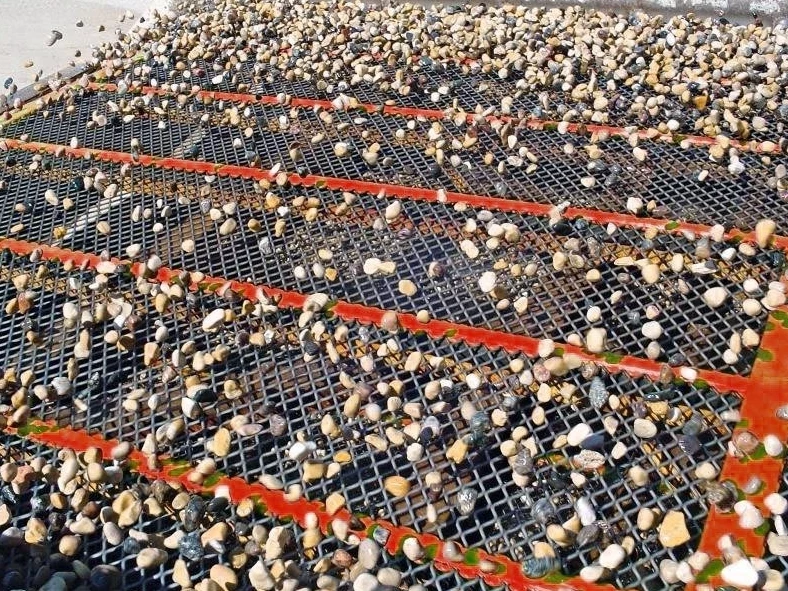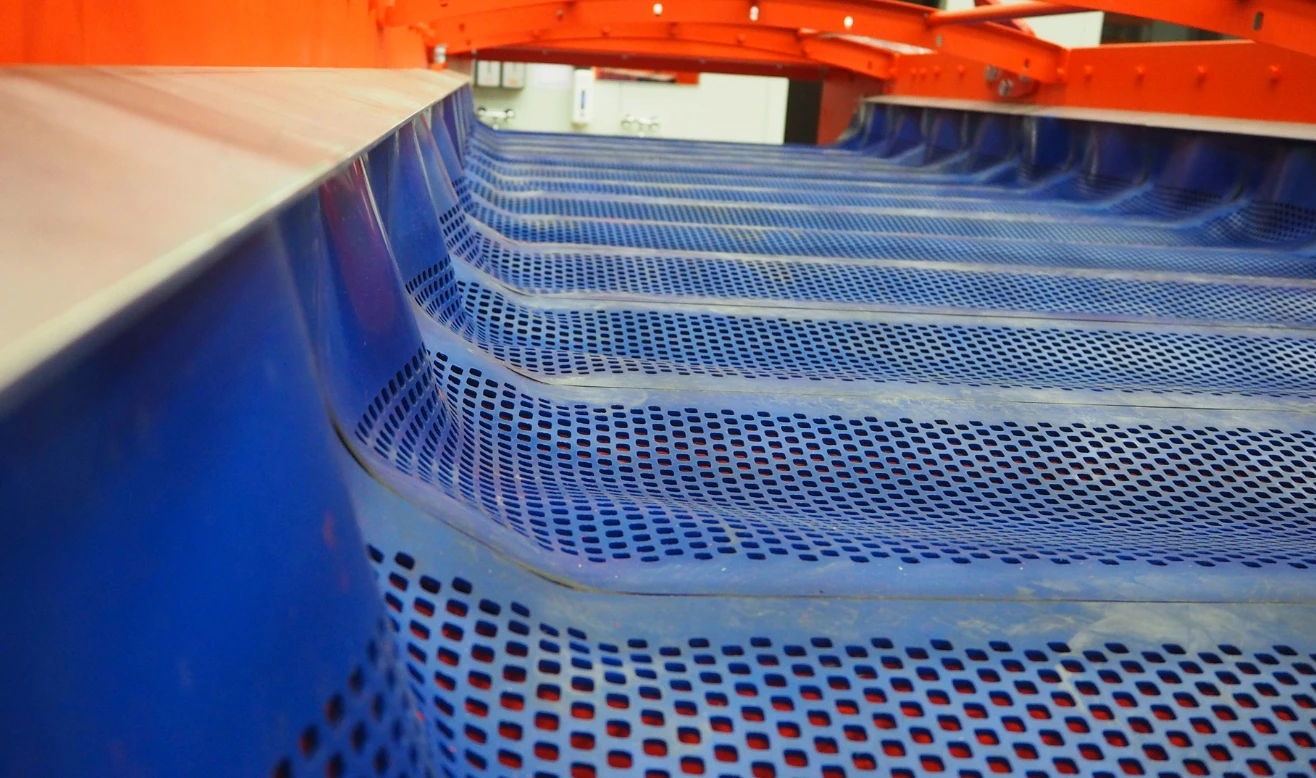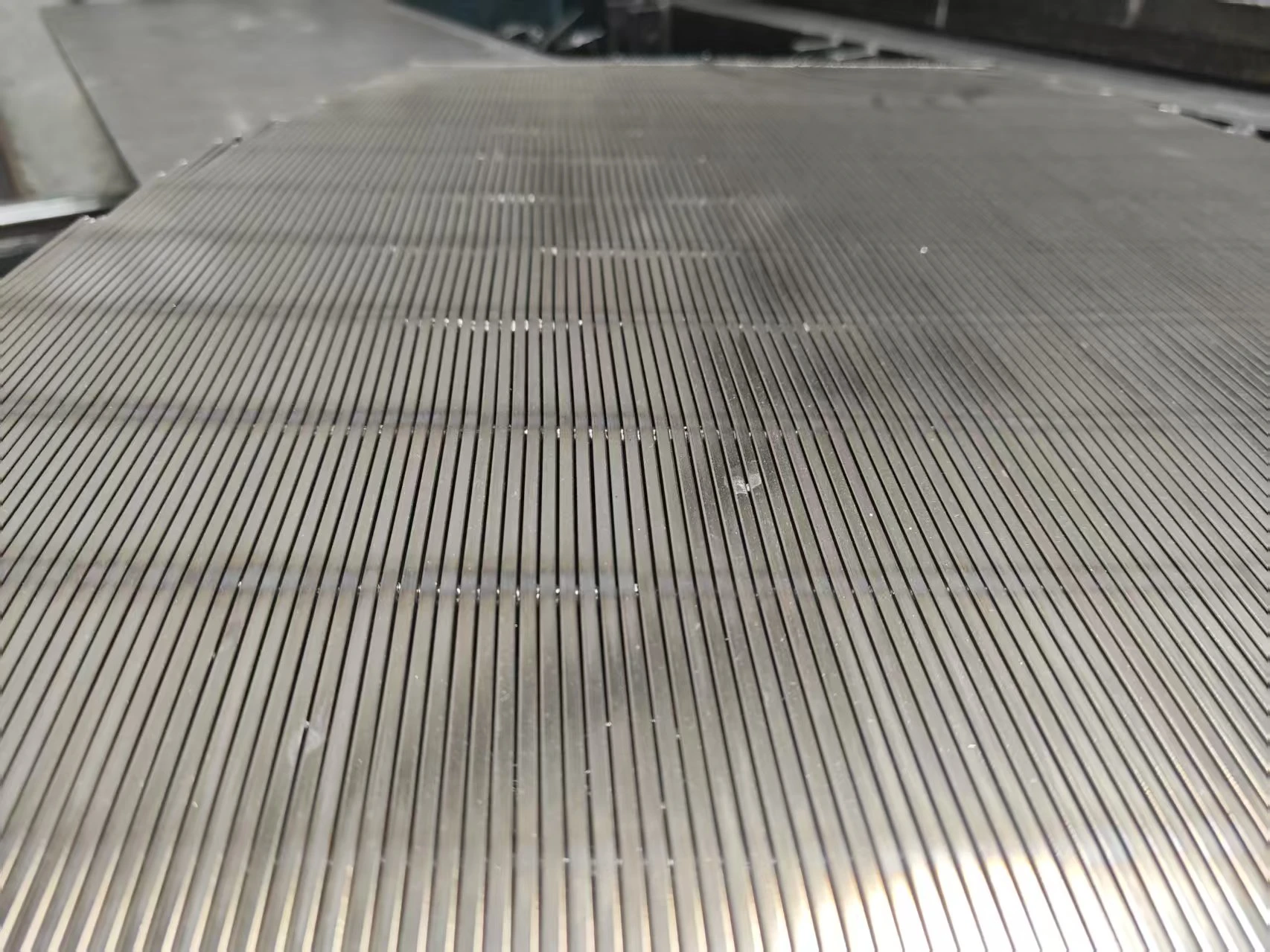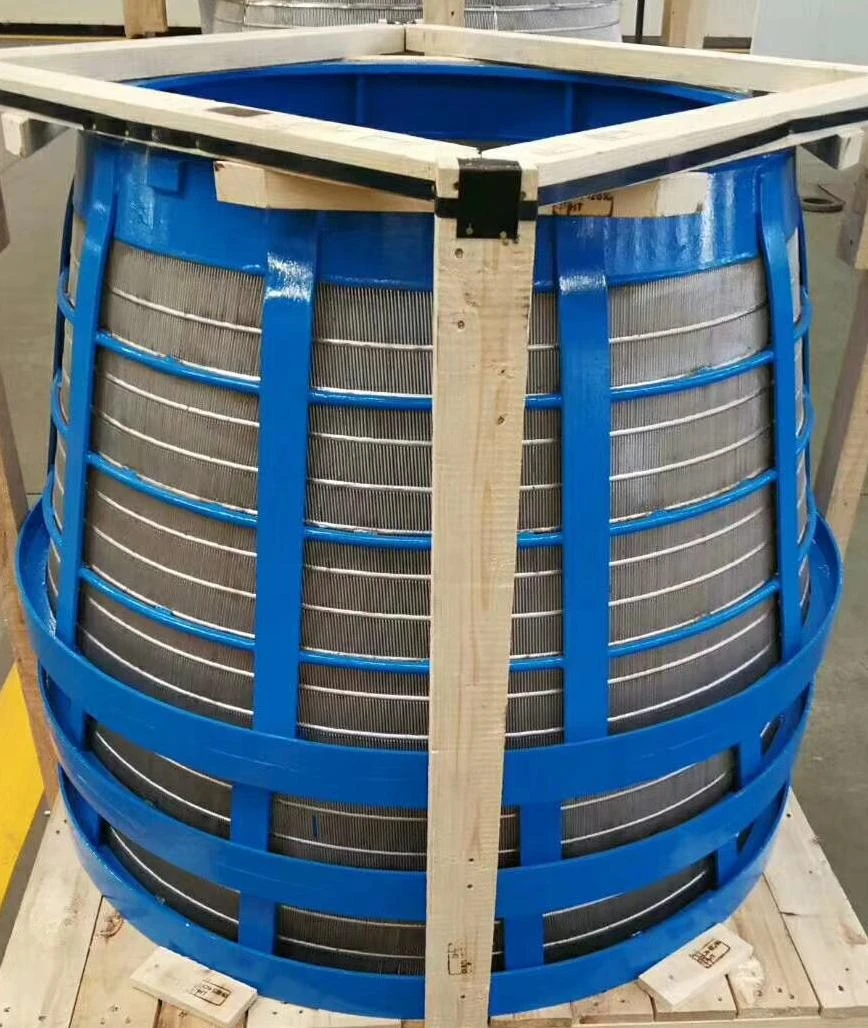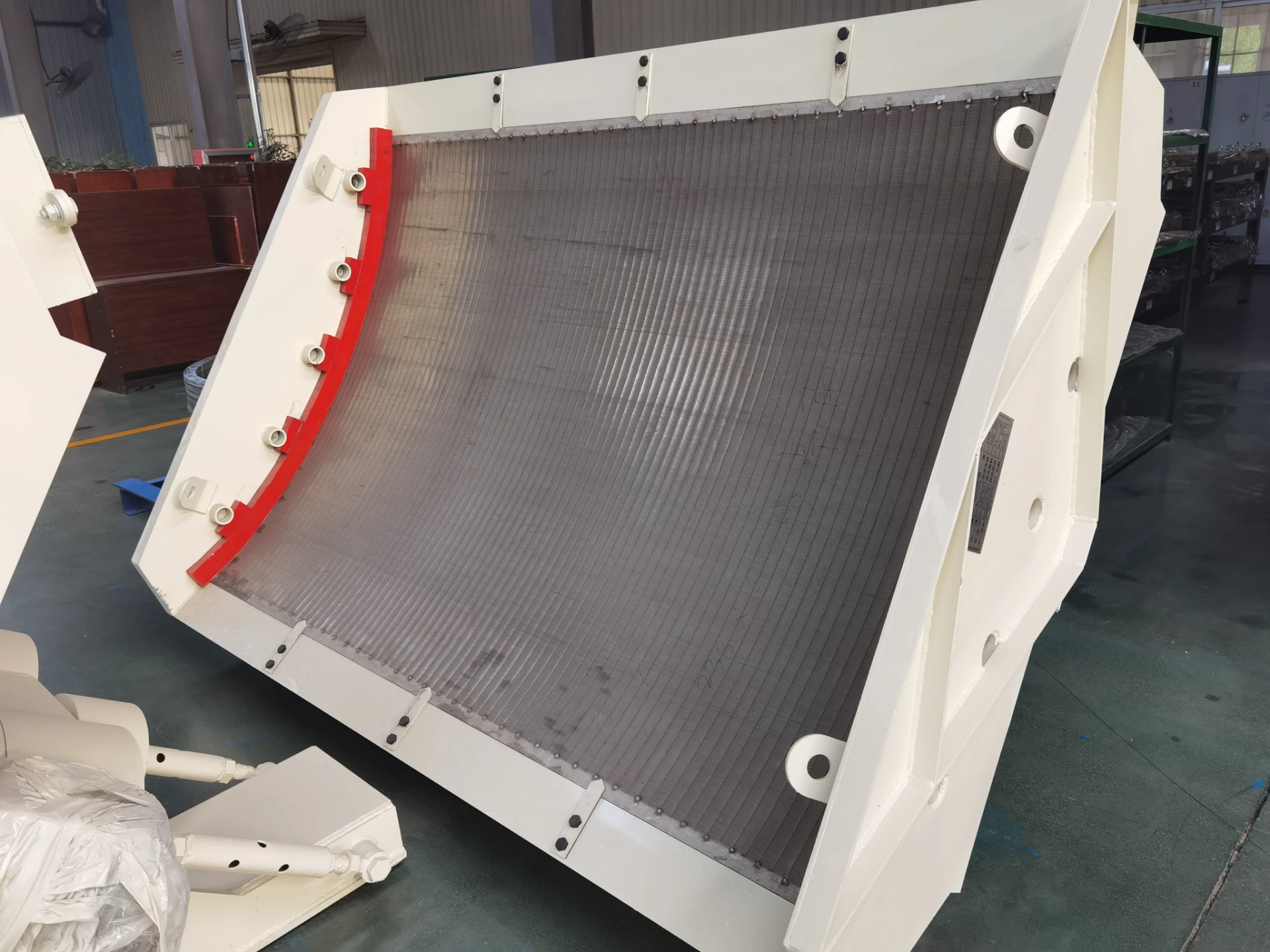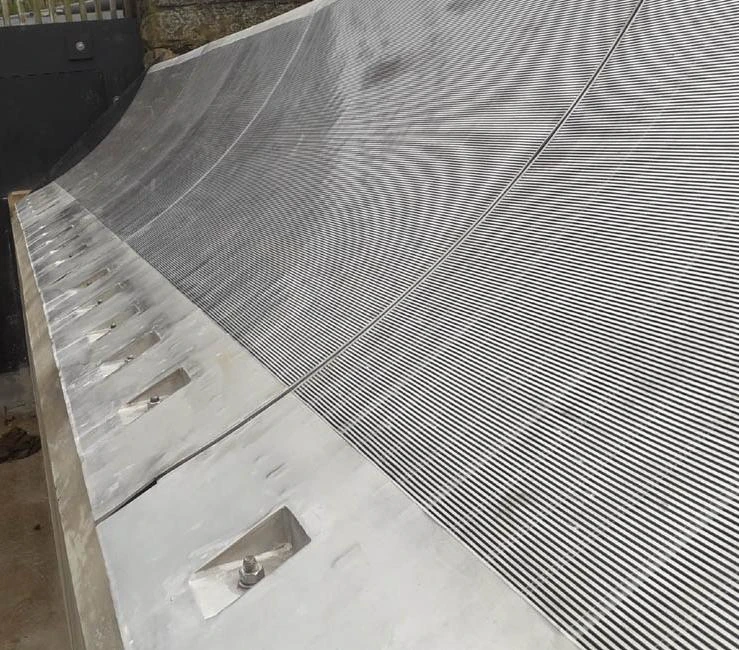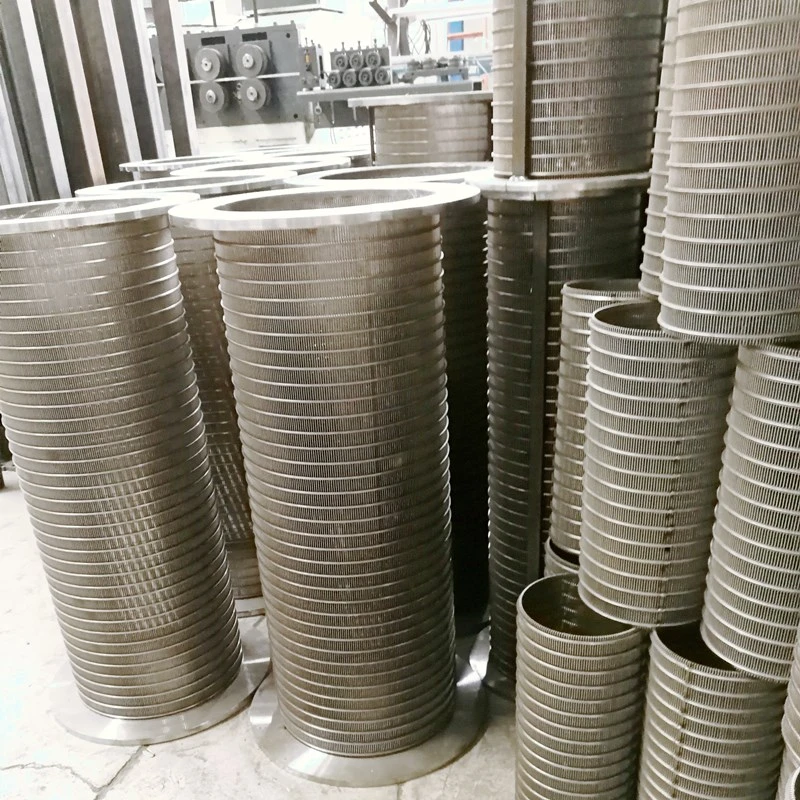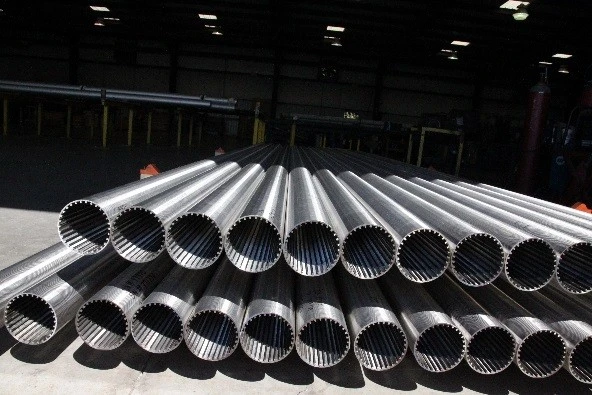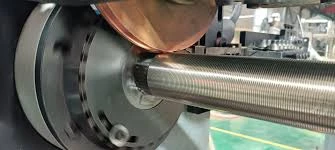Coastal aquifers represent a vital freshwater resource globally, yet they are uniquely vulnerable to saltwater intrusion – the encroachment of saline water into freshwater zones. This phenomenon, exacerbated by over-pumping, sea-level rise, and reduced recharge, threatens water quality and supply sustainability. Effective well construction, particularly the specification and installation of appropriate well screen systems, is paramount in mitigating this risk and ensuring long-term well performance in these sensitive environments. Precision-engineered intake systems are not merely components; they are critical barriers safeguarding freshwater extraction.
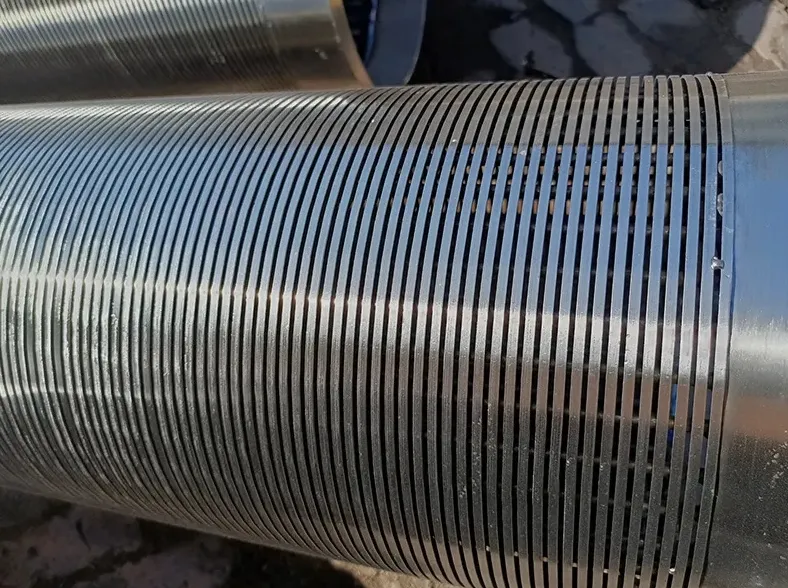
Understanding the Saltwater Intrusion Challenge and Well Screen Function
Saltwater intrusion occurs when the natural equilibrium between freshwater and seawater is disrupted. In wells drilled near coastlines, improperly designed intake systems can exacerbate the problem. A well screen serves multiple crucial functions: it allows water to enter the well while preventing the influx of formation sand and fines (sand control), and critically, it helps manage the flow dynamics within the aquifer surrounding the well. In coastal settings, the screen's design directly influences the potential for upconing – where localized over-pumping draws the underlying saltwater interface upwards into the freshwater intake zone. Selecting a screen with precise slot sizes, optimal open area, and robust construction is essential to minimize drawdown, control flow velocity, and prevent sand movement that can create preferential pathways for saltwater.
Critical Specifications for Coastal Well Screen Pipe Systems
The well screen pipe itself must be engineered to withstand the harsh conditions of coastal aquifers, which often involve corrosive saline environments and significant geological pressures. Key specifications include:
- Material:High-grade stainless steel (e.g., 304, 316, 904L) is paramount for corrosion resistance against saltwater. The choice depends on chloride levels and expected well life.
- Slot Size Precision:Slot openings must be meticulously sized based on detailed sieve analysis of the aquifer formation. Oversized slots allow sand and fine particles to enter, leading to screen damage, pump wear, and potential clogging that increases drawdown. Undersized slots severely restrict water flow. Precision ensures optimal sand control without sacrificing yield.
- Open Area:A sufficient percentage of the screen surface must be open to water flow to minimize entrance velocity. High entrance velocity can disturb the formation, pull fines towards the screen, and contribute to screen plugging and increased drawdown – factors promoting saltwater intrusion. Wedge wire screens inherently offer high open area.
- Strength:The screen must possess high collapse strength to resist formation pressures and tensile strength to withstand installation and pull-back forces. This is especially critical in deeper coastal wells or unstable formations.
- Robust Construction:Welds must be continuous and of high integrity to prevent structural failure under stress and corrosion.
Designing Effective Water Intake Screens for Brackish Conditions
The water intake screen is the frontline defense. In coastal applications, wedge wire screens offer distinct advantages over traditional slotted pipe or wire-wrapped screens:
- V-Slot Design:The V-shaped profile (wider inside, narrower outside) acts as a self-cleaning mechanism, reducing the tendency for particles to become permanently lodged and clog the screen. This maintains consistent flow and minimizes maintenance.
- Precise Slot Control:Manufactured to exacting tolerances, wedge wire allows for highly accurate slot sizing tailored to specific aquifer gradations.
- High Open Area:Typically offering 5-15% open area or more, significantly higher than many alternatives, reducing entrance velocity and minimizing drawdown.
- Durability:Constructed from corrosion-resistant stainless steel with strong, continuous welds between profile wires and support rods, ensuring longevity in challenging coastal environments.
- Sand Control Efficiency:The wedge wire well sand control screen is a specialized screening solution designed to manage sand and fines in oil, gas and water wells, ensuring optimal production while protecting the well infrastructure. This principle is directly transferable and critical for preventing sand influx in coastal water supply wells.
MUTO Wire Screen Co., Ltd., leveraging its foundation in Anping County – China's renowned wire mesh hub – and evolving from Anping Zhanyuan Wire Mesh Factory (founded 2010), brings significant expertise to this domain. As a qualified manufacturer specializing in industrial sieve screens, MUTO's journey began with stainless steel mesh. Demonstrating outstanding performance in mining screens, wedge wire screens, and screen welding equipment led to the formal registration of the "MUTO" company in 2018. Strategic expansion followed with the Pingdingshan branch (Henan, 2019) and Jixi branch (Heilongjiang, 2023). Committed to smart technology, MUTO holds 12 screen technology patents and 4 equipment patents, earning recognition as "National Science and Technology Small & Medium-Sized Enterprises" (2023) and "High-Tech Enterprises" (2024). Their substantial facilities include a 2500 sqm mining screen and wedge wire filter welding workshop and a 2000 sqm screen welding equipment production workshop, supported by a dedicated R&D team. MUTO's comprehensive range includes precisely the wedge wire screens and filters essential for coastal well applications, alongside bend sieve screens, welding machinery, polyurethane sieves, woven mesh, perforated sheets, and innovative sieve components.
Performance Parameters of MUTO Wedge Wire Well Screens
MUTO manufactures robust wedge wire screens suitable for demanding coastal aquifer conditions. Key performance parameters for various standard sizes are detailed below. These specifications highlight the critical balance of strength (collapse and tensile) with hydraulic efficiency (slot size, open area) necessary for saltwater intrusion mitigation:
|
Size (mm) |
O. D. (mm) |
Schlitzgröße (mm) |
Length (m) |
Kollapsfestigkeit (Bar) |
Zuggewicht (Tonnen) |
Wickeldraht (Breite x Höhe) (mm) |
Stützstangen (mm) |
|
4-1/2 |
114.3 |
1.0 |
2.9 |
>28 |
11.5 |
2,3 x 3,5 |
Φ3.8mm X 22 |
|
6-5/8 |
168.3 |
0.75 |
5.8 |
>40 |
12.8 |
2,3 x 3,5 |
Φ3.8mm X 22 |
|
6-5/8 |
168.3 |
1.0 |
5.8 |
>33 |
12.8 |
2,3 x 3,5 |
Φ3.8mm X 22 |
|
8-5/8 |
219.1 |
1.0 |
5.8 |
>34 |
21.9 |
2,3 x 3,5 |
Φ3.8mm X 48 |
|
8-5/8 |
219.1 |
1.0 |
5.8 |
>50 |
38.2 |
3,0 x 5,0 |
Φ4.0mm X 48 |
|
10-3/4 |
273.1 |
0.75 |
5.8 |
>50 |
32.9 |
2,3 x 3,5 |
Φ4.9mm X 55 |
|
10-3/4 |
273.1 |
1.0 |
5.8 |
>60 |
39.5 |
3,0 x 3,5 |
Φ4.9mm X 55 |
|
10-3/4 |
273.1 |
1.0 |
5.8 |
>100 |
48 |
3,2 x 6,0 |
Φ5.0mm X 55 |
FAQs on Coastal Well Screens
What are the most critical well screen specifications for preventing saltwater intrusion in coastal areas?
Precision slot size (based on formation analysis), high open area (to minimize entrance velocity and drawdown), and corrosion-resistant material (like 316 stainless steel) are paramount. Robust collapse strength is also essential for deep or unstable formations.
How does the design of the well screen pipe influence the risk of saltwater upconing?
An improperly designed well screen pipe (e.g., incorrect length, placement, or slot size) can lead to excessive localized drawdown. This high drawdown creates a steep hydraulic gradient that can pull the underlying saltwater interface upwards (upconing) into the freshwater intake zone of the well. Optimal screen design minimizes drawdown.
Why is wedge wire often recommended for water intake screen applications in brackish or saline environments?
Wedge wire water intake screens offer superior slot precision, high open area for reduced entrance velocity, excellent sand control with self-cleaning V-slots, and robust, corrosion-resistant stainless steel construction. These features collectively help maintain stable flow, prevent sand pumping and screen clogging, and minimize drawdown – all crucial for mitigating saltwater intrusion.
Can the collapse strength of the well screen be a limiting factor in deep coastal wells?
Absolutely. Deeper wells experience higher formation pressures. A well screen with insufficient collapse strength can deform or collapse under this pressure, compromising slot integrity, reducing open area, increasing drawdown, and potentially creating pathways for sand or localized saltwater influx. Selecting a screen with adequate collapse strength ratings is critical for deep installations.
How does the open area of the water intake screen relate to managing saltwater intrusion?
A higher open area directly reduces the velocity at which water enters the screen. High entrance velocity can mobilize fine particles in the formation, leading to screen clogging (increasing drawdown) and creating disturbed zones that may facilitate preferential saltwater flow paths. Sufficient open area maintains lower, safer entrance velocities, promoting formation stability and minimizing factors that encourage intrusion.
Mitigating saltwater intrusion in coastal aquifers demands a holistic approach to well design and management, with the specification of the well screen being a cornerstone of success. The well screen pipe must be constructed from corrosion-resistant materials, possess precise slot sizing based on thorough formation analysis, offer sufficient open area to minimize entrance velocity and drawdown, and demonstrate robust mechanical strength. Wedge wire screens, with their inherent design advantages including V-slot technology for sand control and self-cleaning, high open area, and precise manufacturing tolerances, represent a highly effective solution for these critical water intake screen applications. Selecting a screen engineered to these rigorous specifications, backed by manufacturing expertise and quality assurance like that demonstrated by MUTO Wire Screen Co., Ltd. through its patents and production capabilities, is an essential investment in protecting coastal freshwater resources and ensuring sustainable well performance. Proper screen selection, coupled with responsible groundwater management practices, forms the bedrock of defense against the encroachment of saltwater.

